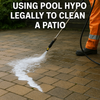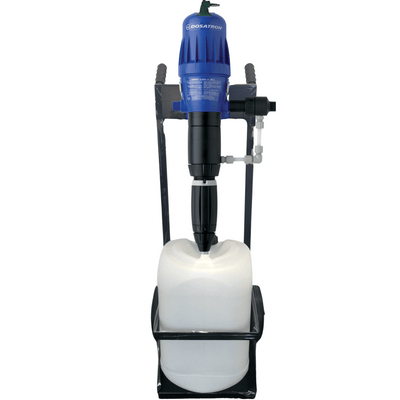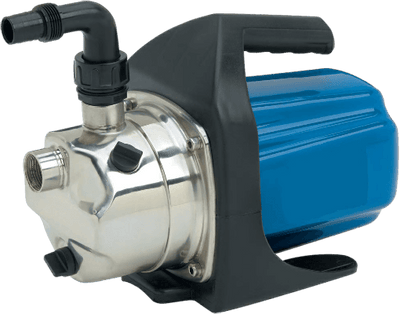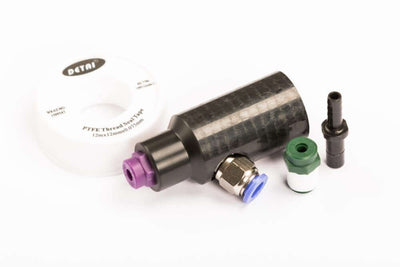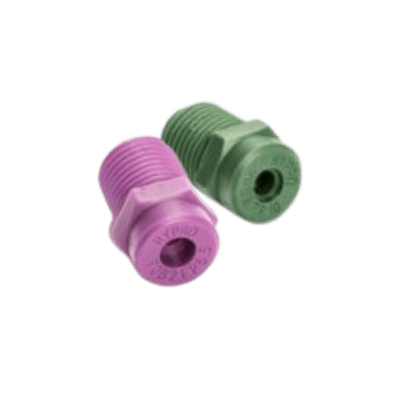The Crucial Role of Surfactants in Soft Washing Techniques 🧼🌿
Introduction to Soft Washing Solutions

Soft washing is a powerful yet gentle cleaning method used on a variety of exterior surfaces, including roofs, sidings, and patios. Unlike pressure washing, which can cause damage to delicate surfaces, soft washing relies on a combination of special chemicals and low-pressure water application. A key component of this cleaning solution is the surfactant. But what exactly are surfactants, and why are they so crucial for effective soft washing? Let's dive in!
Understanding Surfactants in Soft Washing
Essentially, surfactants reduce the surface tension of water, allowing for better interaction between the water and the dirt or stains on a surface. This action not only improves the efficiency of the cleaning solution but also minimizes the amount of water and chemicals needed for effective cleaning.
How Surfactors Enhance Cleaning Efficiency 🌀
When applied in soft washing, surfactants perform multiple functions:
- Emulsifying: They help to break down oils and greases, making them easier to rinse away.
- Wetting: By allowing the cleaning solution to spread uniformly, they ensure comprehensive surface coverage.
- Stability: Surfactants maintain the homogeneous mixture of the cleaning agents, ensuring consistent results.
You can learn more about what surfactants are and their roles in cleaning processes by visiting our detailed podcast episode.
Choosing the Right Surfactant for Soft Washing
Not all surfactants are created equal. Selecting the correct product based on your specific cleaning needs is crucial. For instance, Clever Wash Surfactant is a top pick due to its effectiveness in delivering a thorough clean without damaging surfaces.
Environmental Impact Considerations 🌍
Soft washing is generally more environmentally friendly than traditional pressure washing, largely because of the controlled use of chemicals. However, the choice of surfactants significantly impacts its eco-footprint. Opt for biodegradable options to minimize ecological disturbance while ensuring efficacy.
Case Study: Cleaning Rendered Walls Effectively 🏢
Rendered walls often catch dust and microbial growth, becoming unsightly over time. Soft washing with an appropriate surfactant can effectively clean rendered walls without impacting the structure integrity.
A full guide on tackling rendered walls using soft wash techniques can be accessed here.
Training and Safety in Soft Washing
Handling chemicals for cleaning requires appropriate safety measures and knowledge. Enrolling in a soft wash training courseensures you handle all substances safely while maximizing cleaning efficiency.
For self-study enthusiasts, explore our home training programs to improve skills at your pace.
Call to Action
Interested in enhancing your soft washing techniques or looking for high-quality cleaning solutions? Visit the SoftWash UK Ltd website for a comprehensive array of products, training, and resources to support your cleaning needs.
Conclusion
The role of surfactants in soft washing is indispensable from boosting cleaning efficiency to reducing environmental harm. Choosing the right type and employing safe handling practices can significantly elevate your cleaning operations. Whether you're a professional or a DIY enthusiast, embracing these insights helps secure outstanding results.
















